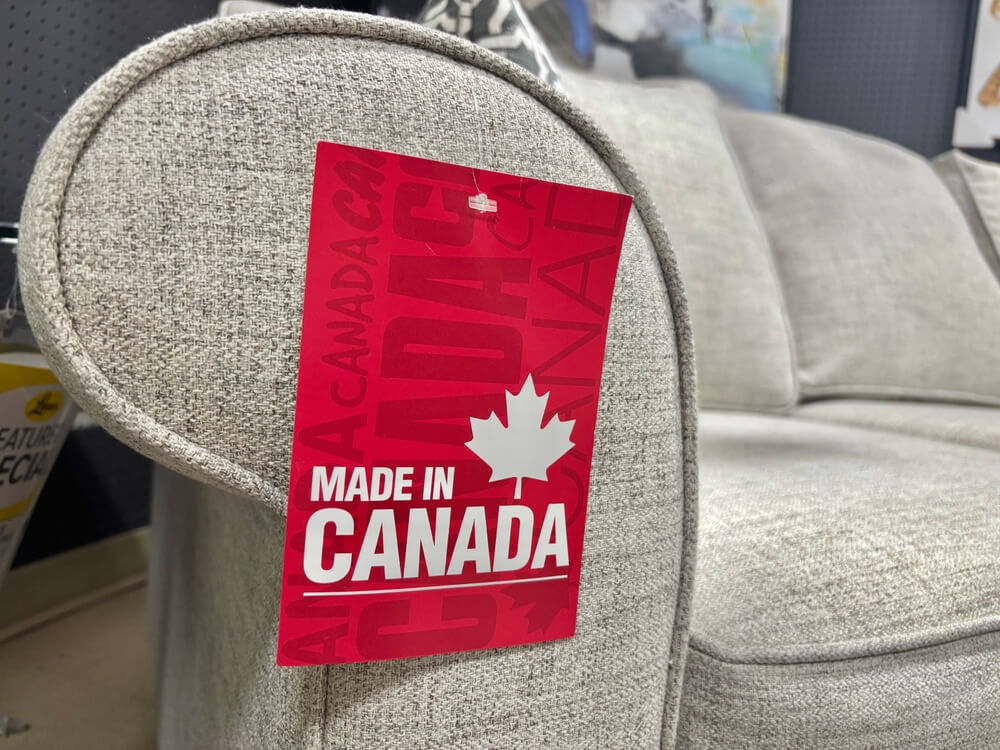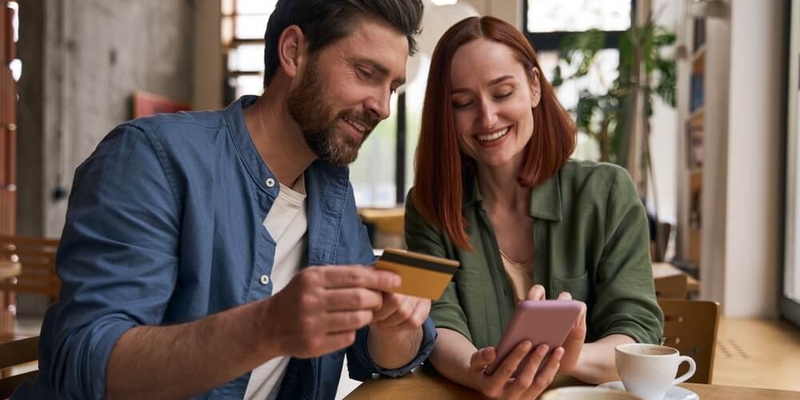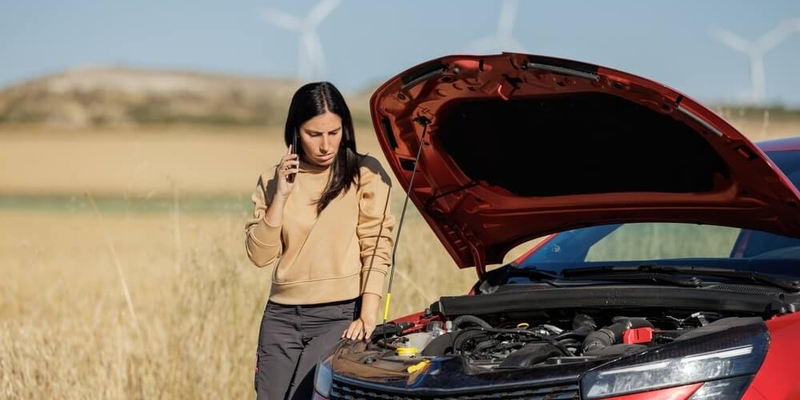
If you are not redirected within 30 seconds, please click here to continue.
Samedi: 10h – 16h HAE

If you are not redirected within 30 seconds, please click here to continue.
If you are not redirected within 30 seconds, please click here to continue.
If you've ever made an online purchase, chances are you've had to enter a three to four-digit security code, or your Card Verification Value (CVV). CVV codes help keep people from using your credit card information without your permission. CVV codes are also known as your credit card's Card Security Code (CSC).
Compare the best credit cards on Rates.ca
Find the best credit card for your lifestyle today!
Where can you find your CVV?
If you have a VISA or Mastercard, your CVV is usually a three-digit code on the back of your card next to the signature panel. Some other card providers have a four-digit code like American Express, which you can find on the front of your card.
Why do credit cards have CVV codes?
All credit (and debit) cards have CVV codes to help make virtual transactions more secure. If you are making an in-person purchase, you usually won't need to use the CVV code. When you're present, you typically enter your PIN, or avoid entering anything by using your card's tap-to-pay feature.
People who want to steal credit card information use devices called "skimmers," which they set up on ATMs and other credit card readers (like at gas pumps). When you insert your card, the skimmer learns your credit card number through the magnetic strip. However, the CVV information isn't stored in the magnetic strip, so potential fraudsters will be out of luck.
CVV codes can also help protect your card if a merchant experiences a data breach. Some companies store your credit card data to allow repeat purchases (among other reasons). However, merchants are not allowed to store CVV data. So, if one of your favourite online stores is hacked, the criminals may get your credit card number, but they won't know your CVV.
However, some websites don't ask for CVV codes, so you won't get the extra protection when shopping on those pages. Other sites may only ask for your CVV the first time you make a purchase.
Tips to keep your data secure
While your CVV code helps add an extra layer of protection to your credit card, there are other ways criminals can get access to your card and its data.
For example, they may try to get you to tell them your CVV code through a "phishing" scam. In these cases, bad actors may ask you to give them your credit card information (including your CVV) over the phone or through email. They may pretend to be a reputable institution (like your bank) and say they are calling to try to help you solve a problem. If you get a phone call like this that you did not initiate, say thanks, but no thanks and hang up.
If it’s an email, ignore it. Instead, pick up the phone and call your bank (or whoever they’ve pretended to be) to confirm the information is necessary. Chances are it isn’t, and it was someone trying to commit credit card fraud. Also, don’t rely on the phone number they provide; use the one on the back of your credit card or the one provided through your bank’s website.
Another way to keep your card information safe is to only make credit card purchases over secure internet networks. Connections in public areas like airports or coffee shops might not be secure, which can allow criminals to access your data more easily.
Most credit cards offer a host of security features and will reverse fraudulent transactions. Search the best credit cards in Canada today to see which card is right for you.
Get money-saving tips in your inbox.
Stay on top of personal finance tips from our money experts!











